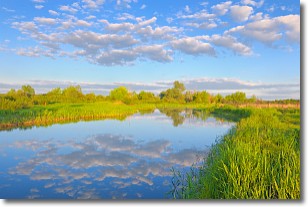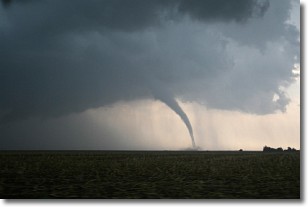Weather Alert in Arizona
Special Weather Statement issued April 18 at 6:31PM MST by NWS Phoenix AZ
AREAS AFFECTED: Cave Creek/New River; Rio Verde/Salt River; Fountain Hills/East Mesa; Tonto Basin; Mazatzal Mountains; Pinal/Superstition Mountains
DESCRIPTION: At 629 PM MST, Doppler radar was tracking a cluster of convective showers in northeast Maricopa with an outflow boundary along a line extending from near Sycamore Creek to near Round Valley to near Ballantine Trailhead to near Rio Verde. Outflow movement was east at 35 mph. HAZARD...Wind gusts up to 40 mph. SOURCE...Radar indicated. IMPACT...Gusty winds could knock down tree limbs and blow around unsecured objects. Locations impacted include... Round Valley, Punkin Center, McDowell Mountain Park, Roosevelt Dam, Sugarloaf Mountain, Sycamore Creek, Ballantine Trailhead, Tonto Basin, Tonto National Monument, Four Peaks, Sunflower, Apache Lake, Rio Verde, Roosevelt, and Oak Spring Canyon. This includes the following highways... AZ Route 87 between mile markers 198 and 229. AZ Route 188 between mile markers 240 and 266.
INSTRUCTION: If outdoors, consider seeking shelter inside a building.
Want more detail? Get the Complete 7 Day and Night Detailed Forecast!
Current U.S. National Radar--Current
The Current National Weather Radar is shown below with a UTC Time (subtract 5 hours from UTC to get Eastern Time).

National Weather Forecast--Current
The Current National Weather Forecast and National Weather Map are shown below.

National Weather Forecast for Tomorrow
Tomorrow National Weather Forecast and Tomorrow National Weather Map are show below.

North America Water Vapor (Moisture)
This map shows recent moisture content over North America. Bright and colored areas show high moisture (ie, clouds); brown indicates very little moisture present; black indicates no moisture.

Weather Topic: What are Stratocumulus Clouds?
Home - Education - Cloud Types - Stratocumulus Clouds
 Next Topic: Stratus Clouds
Next Topic: Stratus Clouds
Stratocumulus clouds are similar to altocumulus clouds in their
fluffy appearance, but have a slightly darker shade due to their additional mass.
A good way to distinguish the two cloud types is to hold your hand out and measure
the size of an individual cloud; if it is the size of your thumb it is generally
an altocumulus cloud, if it is the size of your hand it is generally a
stratocumulus cloud.
It is uncommon for stratocumulus clouds to produce precipitation, but if they do
it is usually a light rain or snow.
Next Topic: Stratus Clouds
Weather Topic: What are Wall Clouds?
Home - Education - Cloud Types - Wall Clouds
 Next Topic: Altocumulus Clouds
Next Topic: Altocumulus Clouds
A wall cloud forms underneath the base of a cumulonimbus cloud,
and can be a hotbed for deadly tornadoes.
Wall clouds are formed by air flowing into the cumulonimbus clouds, which can
result in the wall cloud descending from the base of the cumulonimbus cloud, or
rising fractus clouds which join to the base of the storm cloud as the wall cloud
takes shape.
Wall clouds can be very large, and in the Northern Hemisphere they generally
form at the southern edge of cumulonimbus clouds.
Next Topic: Altocumulus Clouds
Current conditions powered by WeatherAPI.com




